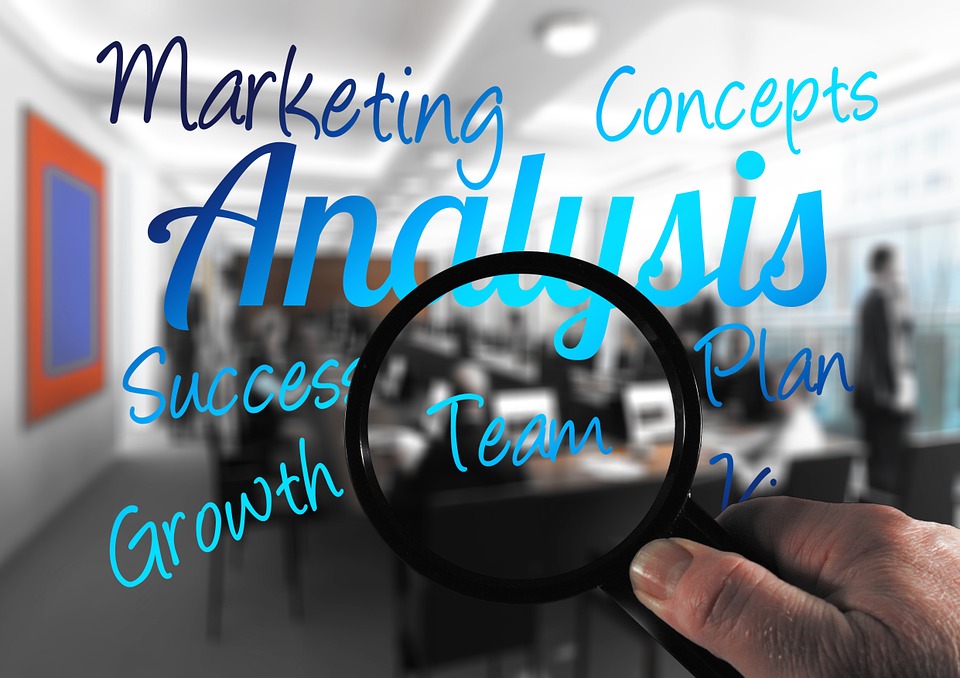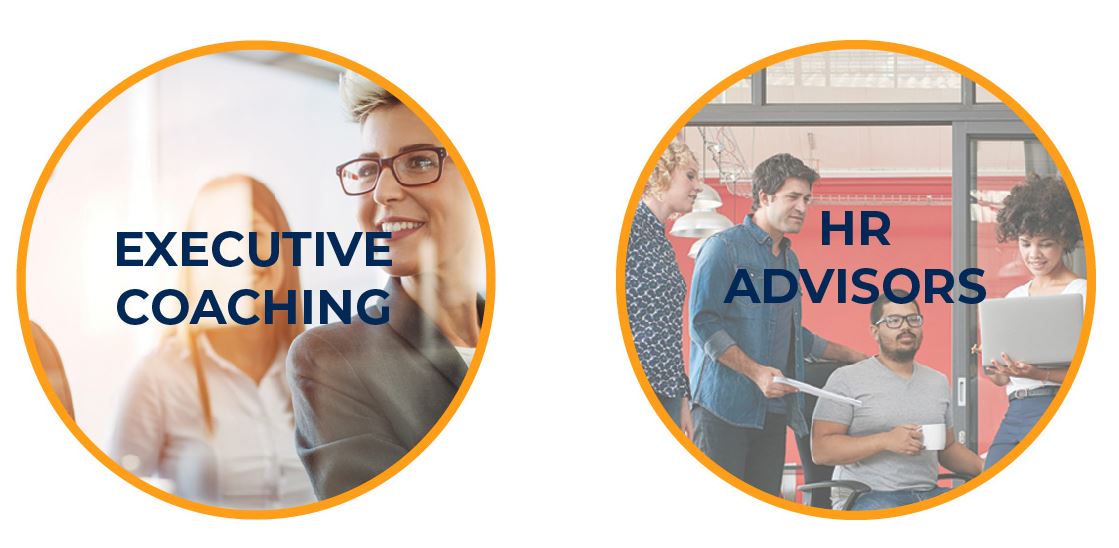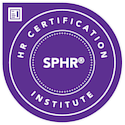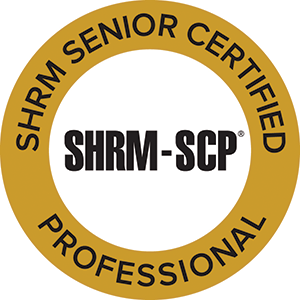As of this month, many states, including California, have “re-opened” following the pandemic. A lot of people are embracing this transition with long awaited travel, outings to restaurants, bars and ballgames, and other social gatherings.
At the same time, there are also a large number of people who, after more than a year of isolation, have some angst about getting back out there.
And that includes concerns about returning to the workplace.
As you begin to bring your employees back to the office – whether completely in person or in a hybrid model – it’s important to be empathetic to those employees who are struggling with the transition.
For some it may be the fear of leaving the safety of their home and potentially contracting the virus. Others may feel anxiety around exercising social skills they haven’t used in over a year. And others may just be challenged in general by change. It was a transition going into pandemic-mode and it’s another transition coming out. Change can be difficult.
So, what can leaders do? Here are some tips.
Observe. Look for warning signs that an employee is struggling. They’re moody or argumentative. They come in late. The quality or timeliness of their work is lacking. They just don’t seem to be themselves.
Acknowledge. Make time to have a one-on-one with each of your team members as they return to the office. Gauge how they feel about returning to work and acknowledge that transitions can be difficult. Give them the opportunity to share their concerns. Listen without judging.
Educate. As early as possible, have an all-hands meeting to talk about the importance of self-care – both physical and mental. Remind them of the importance of taking breaks, eating properly, getting exercise, and participating in whatever stress-relief activities work for them. Make them feel more comfortable in talking about mental health by sharing what you do to relieve stress and anxiety. Let them know that your door is open if they need to talk.
Support. If your benefits program includes an Employee Assistance Program (EAP), inform employees how to access it and encourage them to use it. EAP is one of the most underutilized programs because of the stigma related to mental health. Remove the stigma. If you do not have an EAP, talk to your insurance broker about adding it. Provide information about other resources such as how to find childcare. Check into university counseling programs where students need to build up their hours in counseling fieldwork. This could be a free resource.
The important thing is for you, as a leader, is to be aware that sometimes the smallest thing can trigger an unexpected behavior, or worse. We have all heard about the rising number of violent incidents on flights and fist fights in stores due to the mask mandate.
Be proactive in keeping your workplace and employees safe – observe, acknowledge, educate, and support them.
If you have questions or need help putting together your return-to-work plan, please consider Connect to HR’s 3-hour Just in Time Advisory Service. With Just in Time Advisory Service, you can access up to 3 hours of “live” HR consulting support from a trusted, senior-level HR consultant by phone, email or in person.
Whether you need a sounding board to discuss approaches to your return-to-work plan, need to create a return-to-work communication, or have questions on how to be compliant with the various State, County and City required safety protocols in the office, Connect to HR’s Just in Time Guide is here to help.










